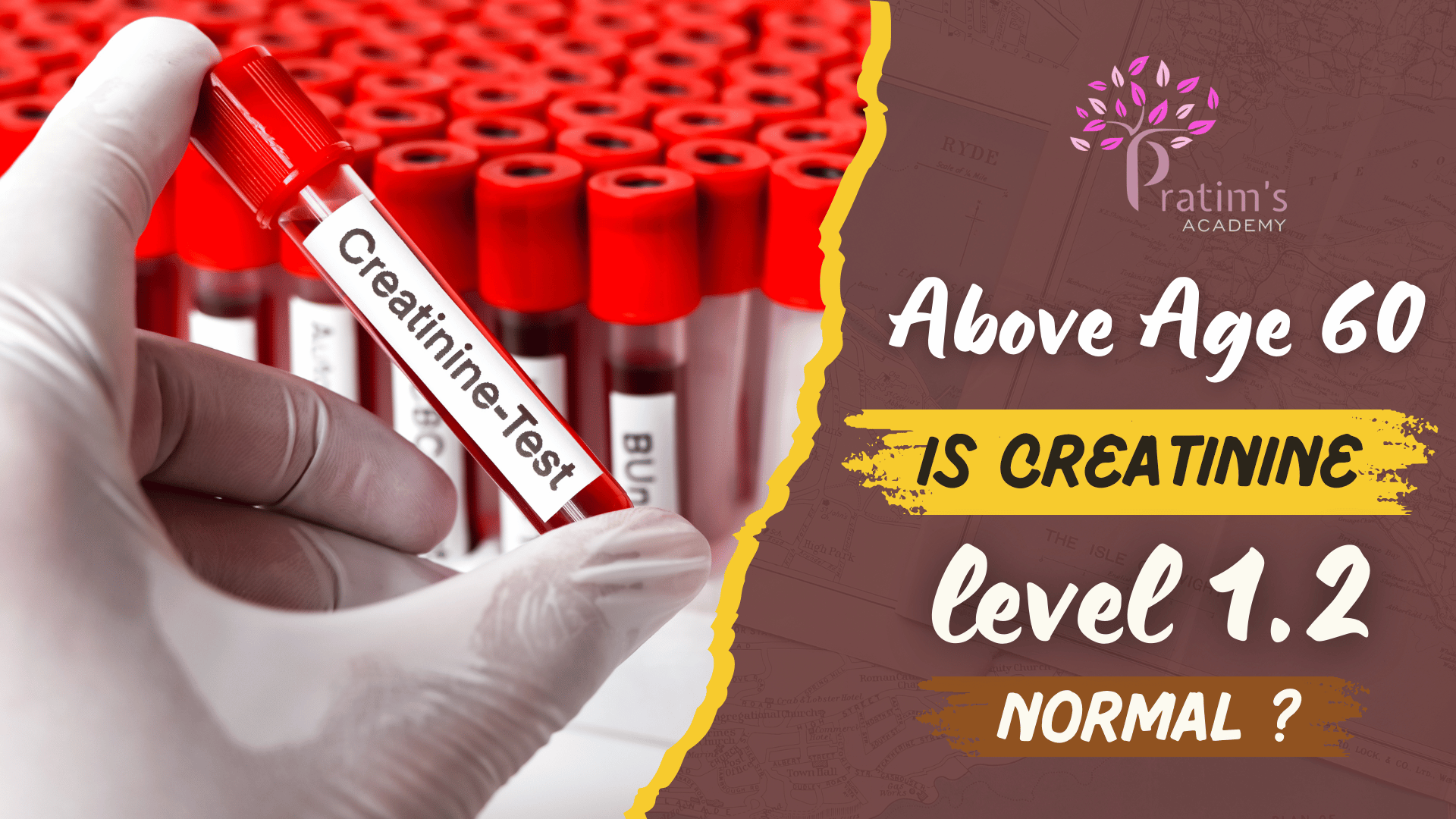
Have you ever wondered how well your kidneys are functioning as you age? Our bodies change over time, and our kidneys are no exception. Creatinine, a waste product from muscle activity, is a key indicator of kidney health. What does a creatinine level of 1.2 mg/dL mean for someone over 60? Let’s explore.

Normal blood serum creatinine levels vary slightly depending on age, weight, gender, muscle mass, and hydration status. For younger adults, the normal range is typically 0.6 to 1.2 mg/dL. However, these values may differ for older individuals due to variations in muscle mass and kidney function.

As people age, the kidneys naturally lose some of their filtering efficiency. This decline is often measured by the glomerular filtration rate (GFR), which decreases with age. Despite this, a slightly elevated creatinine level in an older adult does not always indicate kidney disease. For a healthy individual over 60, a creatinine level of 1.2 mg/dL may still fall within an acceptable range, especially if no other symptoms or abnormalities are present.
Several factors can influence creatinine levels in older adults:
For personalized guidance, join our WhatsApp group

While a creatinine level of 1.2 mg/dL may be normal for many older adults, it’s crucial to consider the overall clinical picture. If your creatinine level is consistently high or if you experience symptoms like fatigue, swelling, or changes in urination, it’s essential to consult a healthcare professional. They may recommend further tests, such as calculating your GFR or conducting a urinalysis, to assess kidney health more accurately.
To support kidney health as you age, follow these tips:
For individuals over 60, a creatinine level of 1.2 mg/dL may be normal, depending on overall health and individual factors. Regular monitoring, a healthy lifestyle, and medical guidance are key to ensuring your kidneys remain in good shape as you age.
2025-01-10 07:58:26
Nanda dulal kundu
My age 73, creatinine level 1.7,gfr-85 that\'s mean normal
Thank you for your query! At 73, a creatinine level of 1.7 and a GFR of 85 are generally within the normal range. However, it’s essential to consult your doctor for personalized advice.